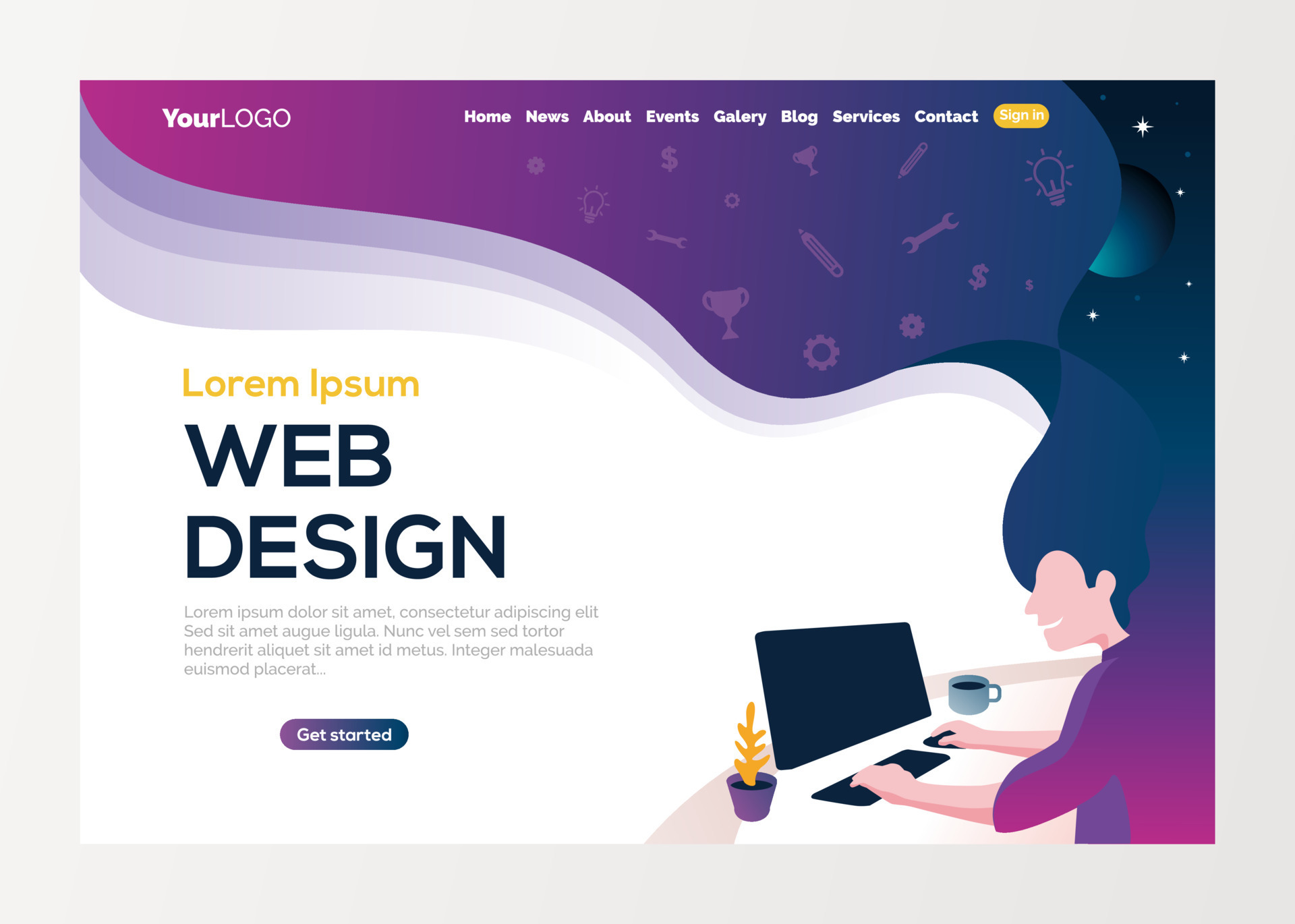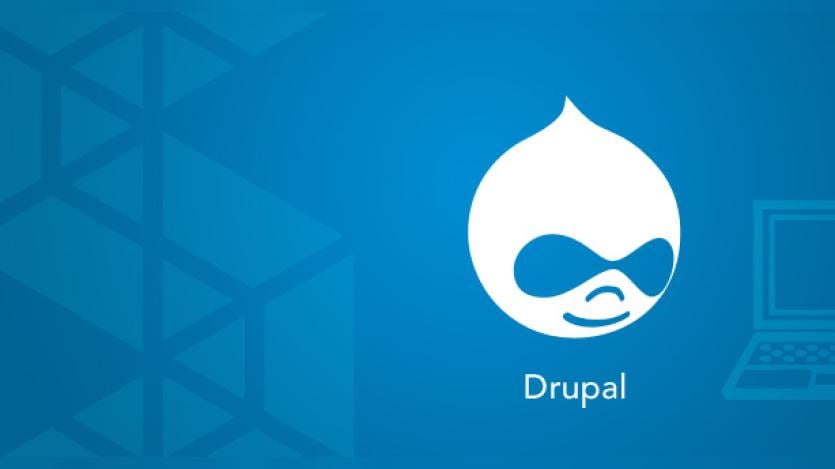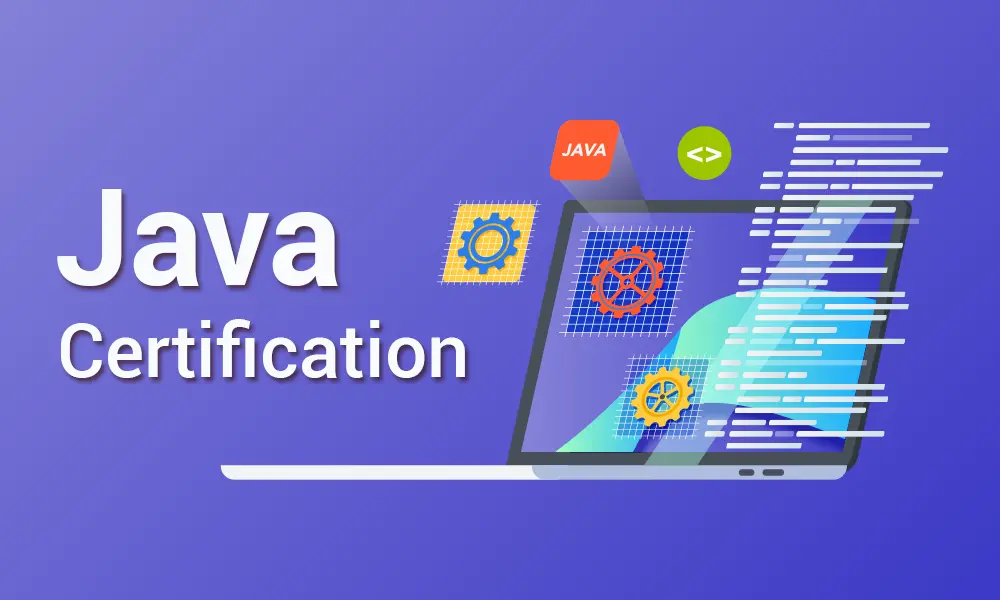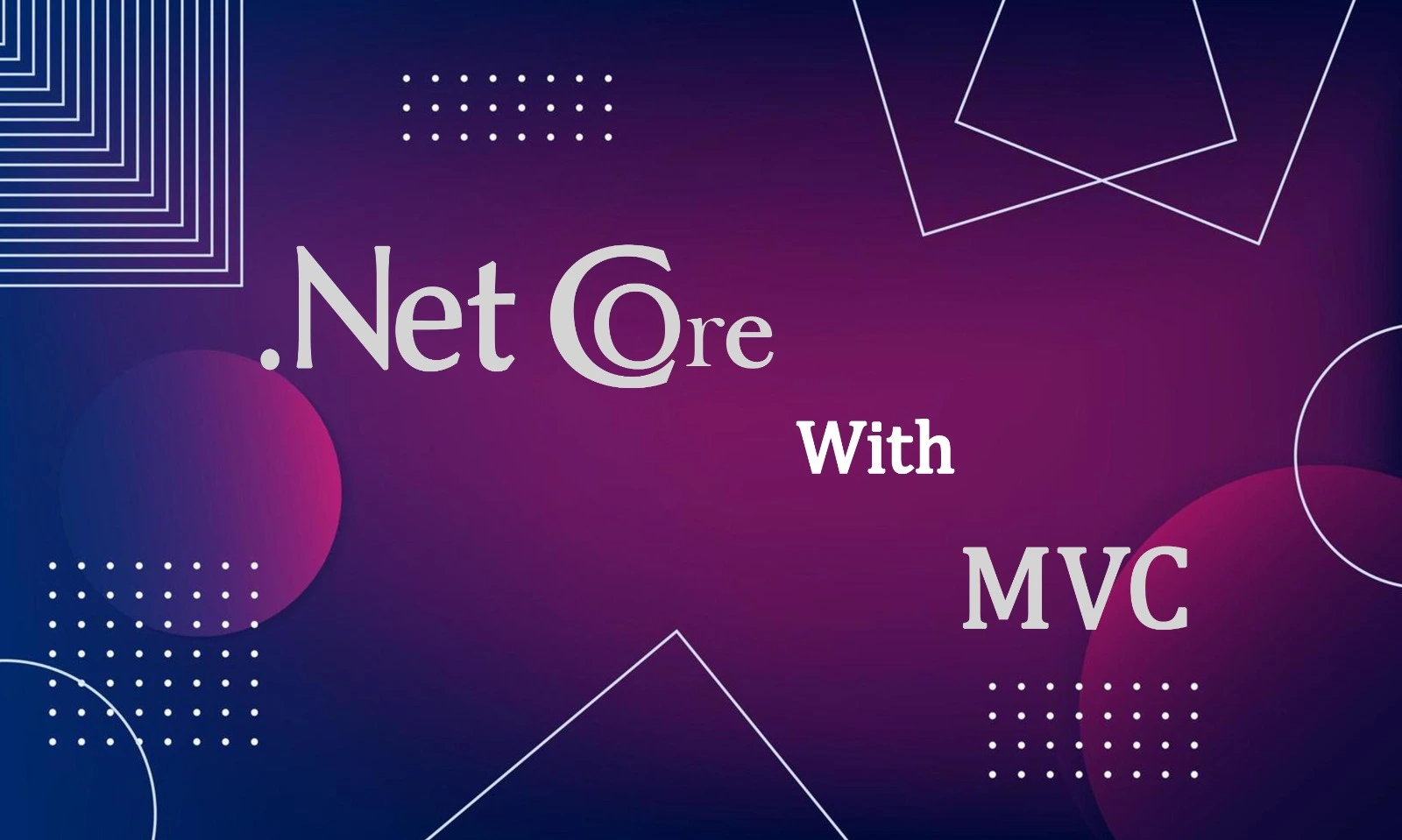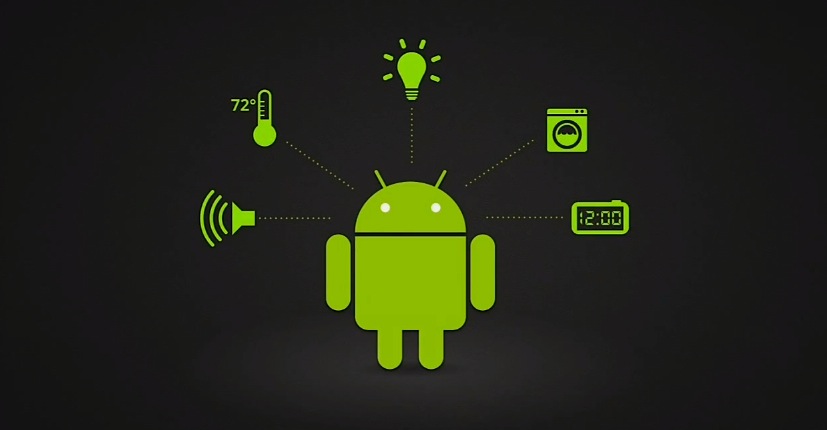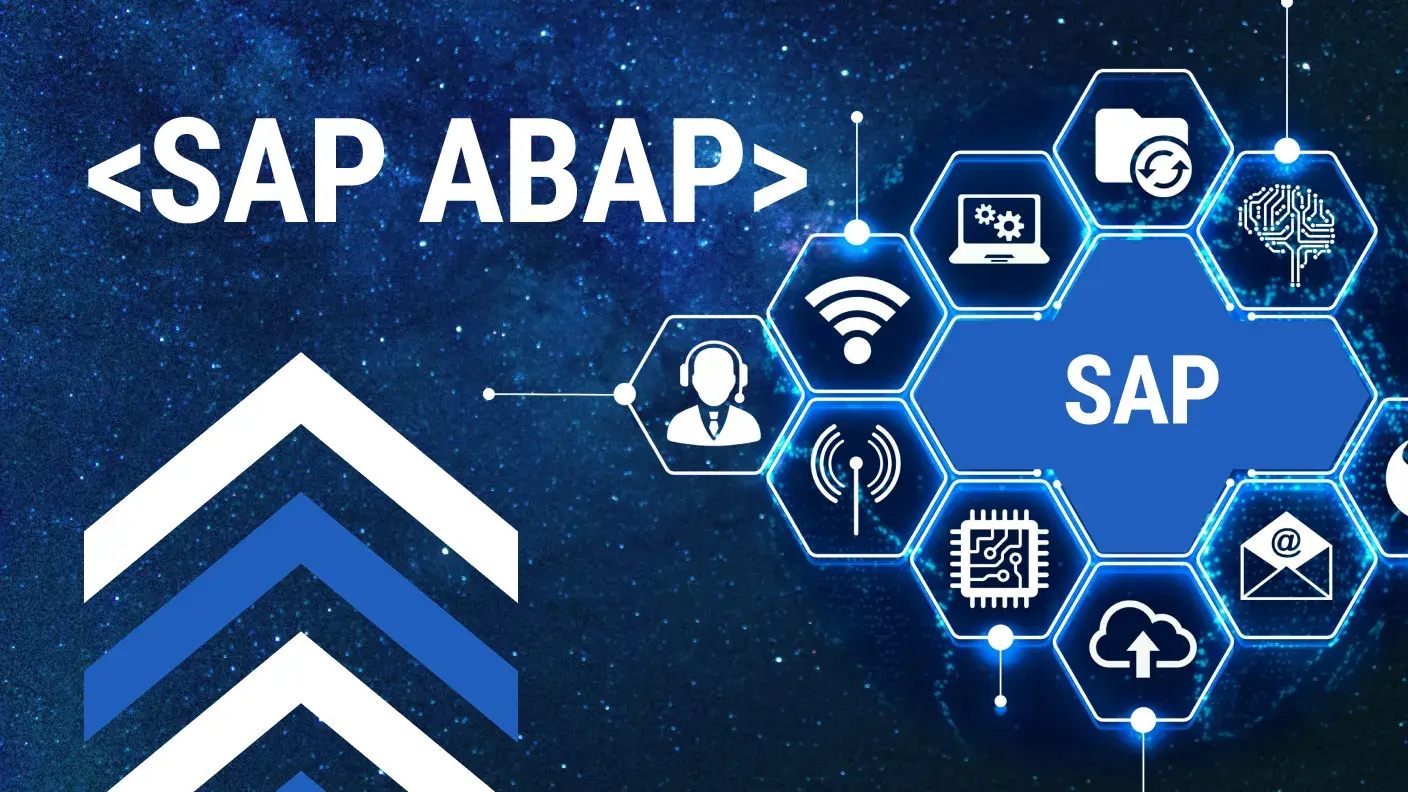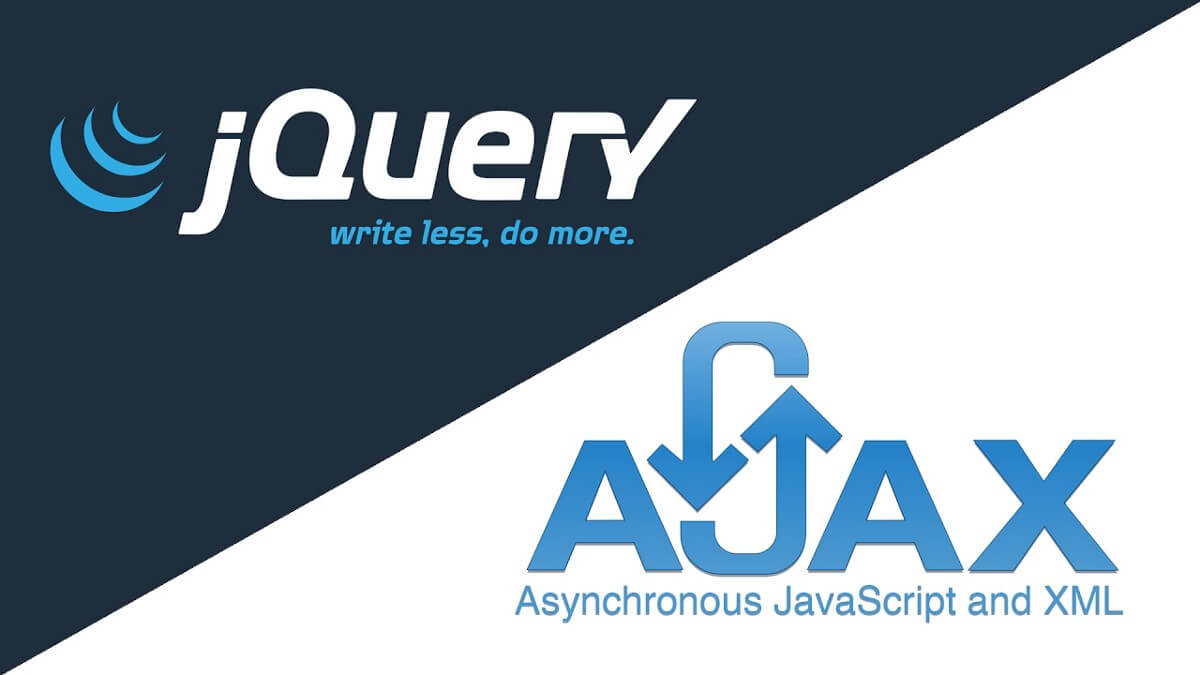1 Java Training Course syllabus
N/A
Full Core & Advanced Java Training covering OOPS, APIs, JDBC, Servlets, JSP, and project work. Focus on hands-on learning to prepare candidates for industry-ready Java development roles.
This Java Complete Course provides a step-by-step guide to mastering Java programming from the basics to advanced concepts. The series starts with an Introduction to Java Language and gradually covers important topics required for real-world development and placement preparation.
3 Introduction to Object Oriented Programming (OOPs)
N/A
Object-Oriented Programming in Java structures code around classes and objects to make it modular, reusable, and scalable, while enforcing encapsulation, abstraction, inheritance, and polymorphism for clean and maintainable design.
4 Java Language, OOPS & Programming
1 Hour 6 Min
This video provides a complete introduction to Java and OOPS, covering key fundamentals such as Java tokens, editors, packages, modifiers, data types, operators, methods, constructors, JVM architecture, static & non-static members, OOPS principles, garbage collection, arrays, enums, annotations, and design patterns. All essential concepts are explained step by step to build a strong foundation in Java programming.


